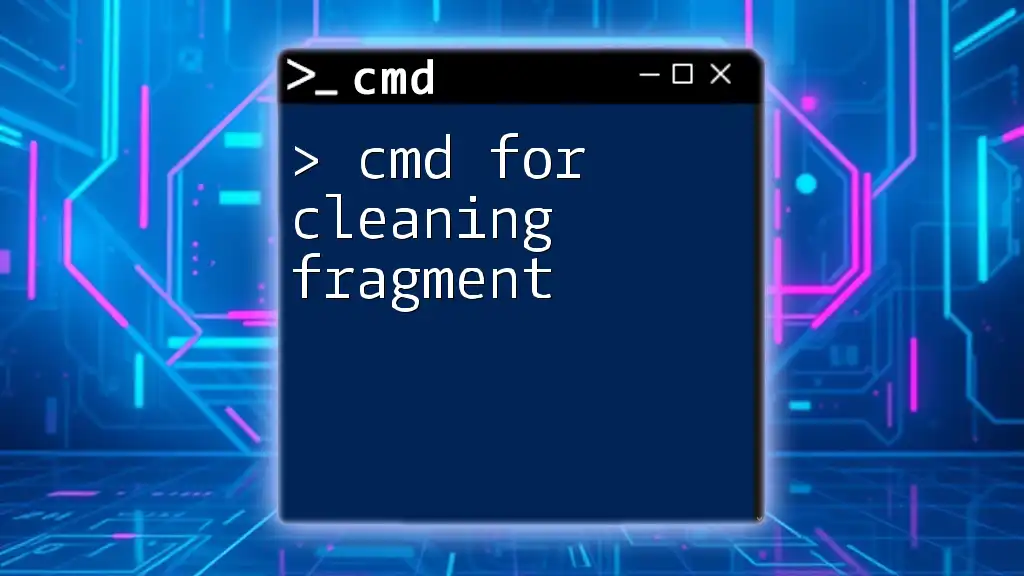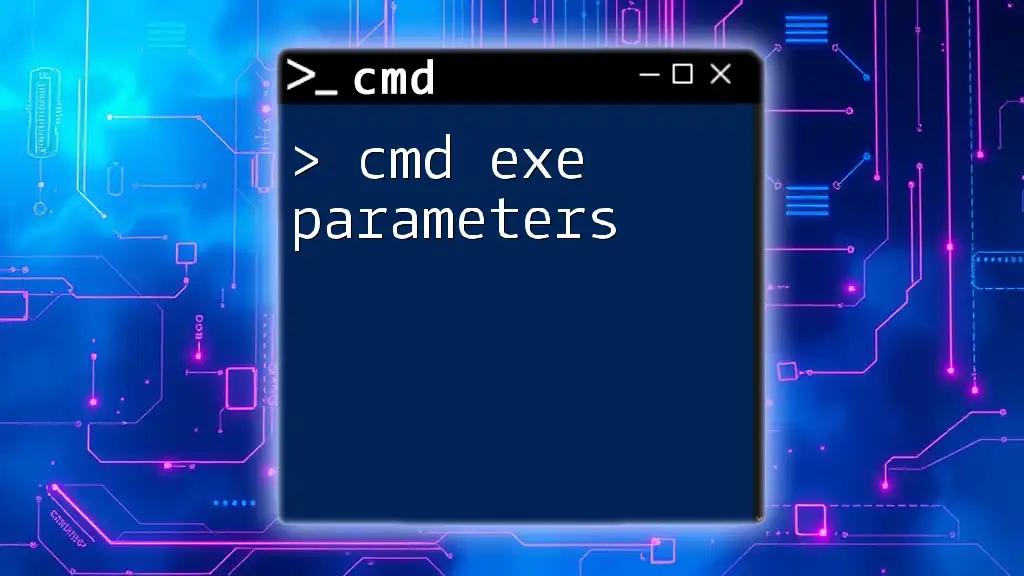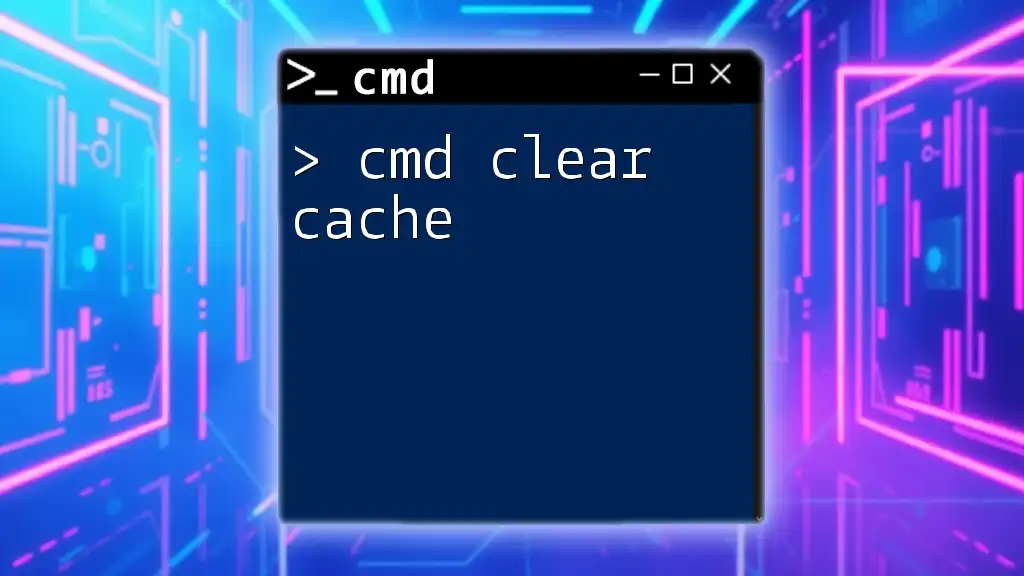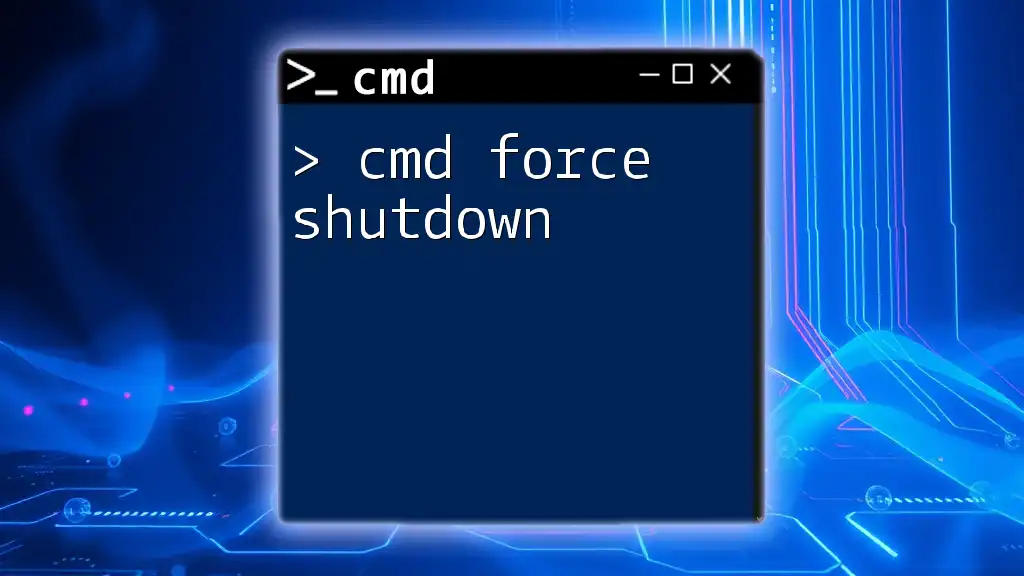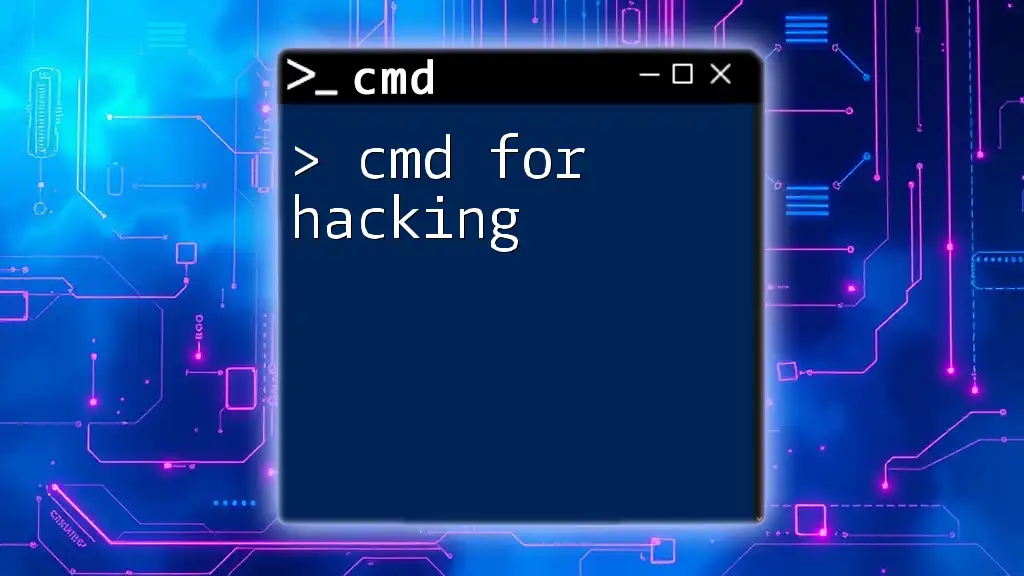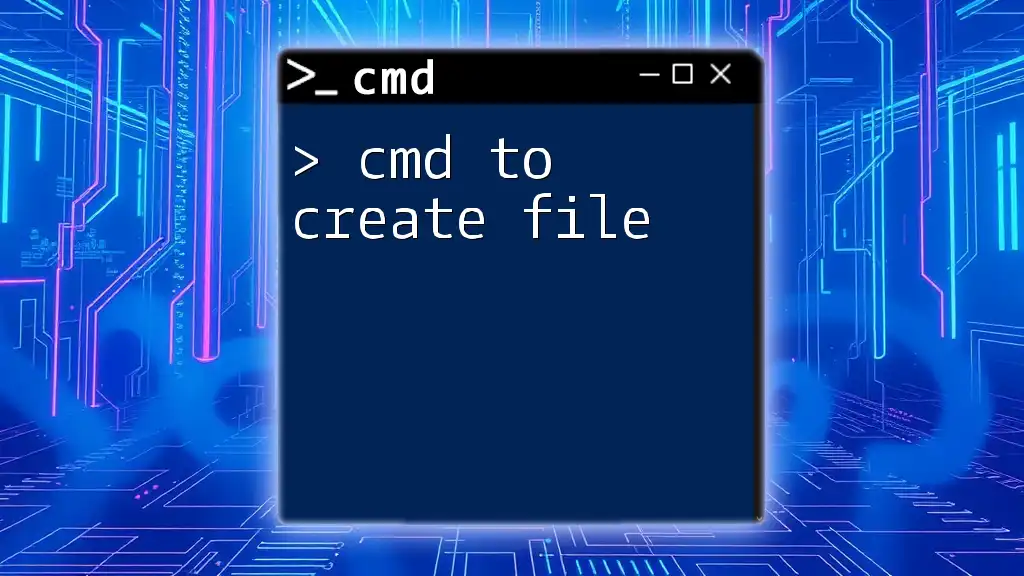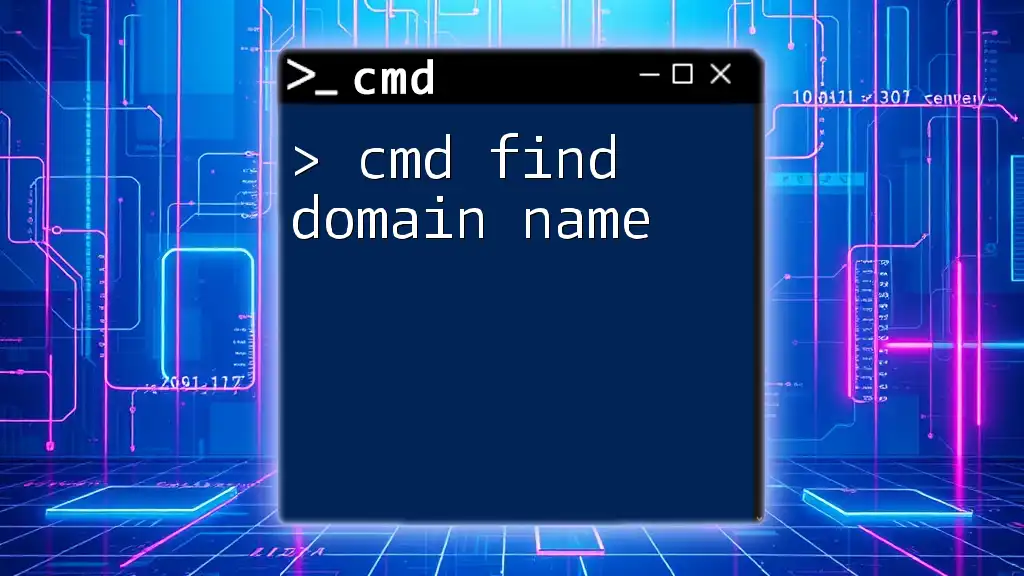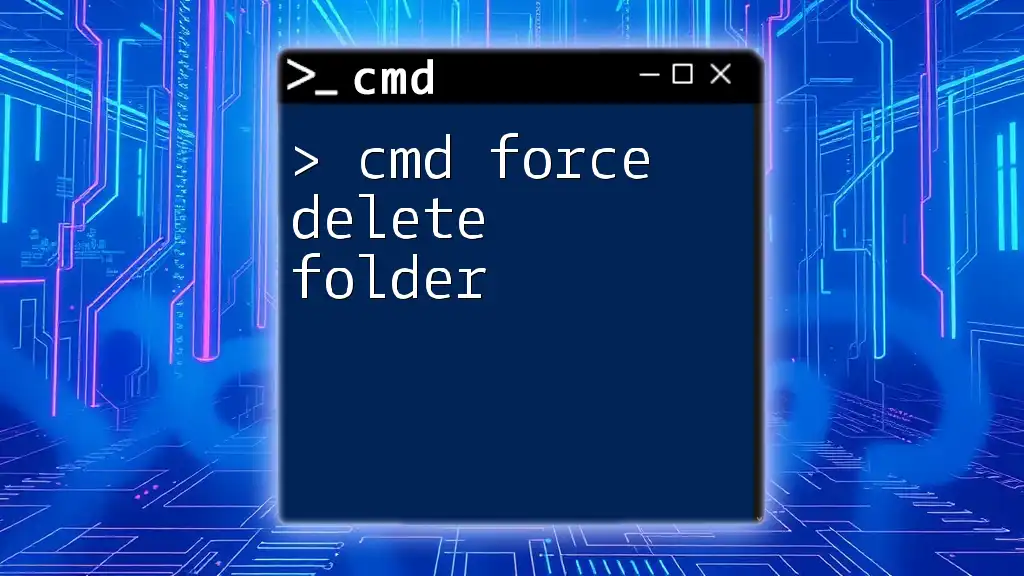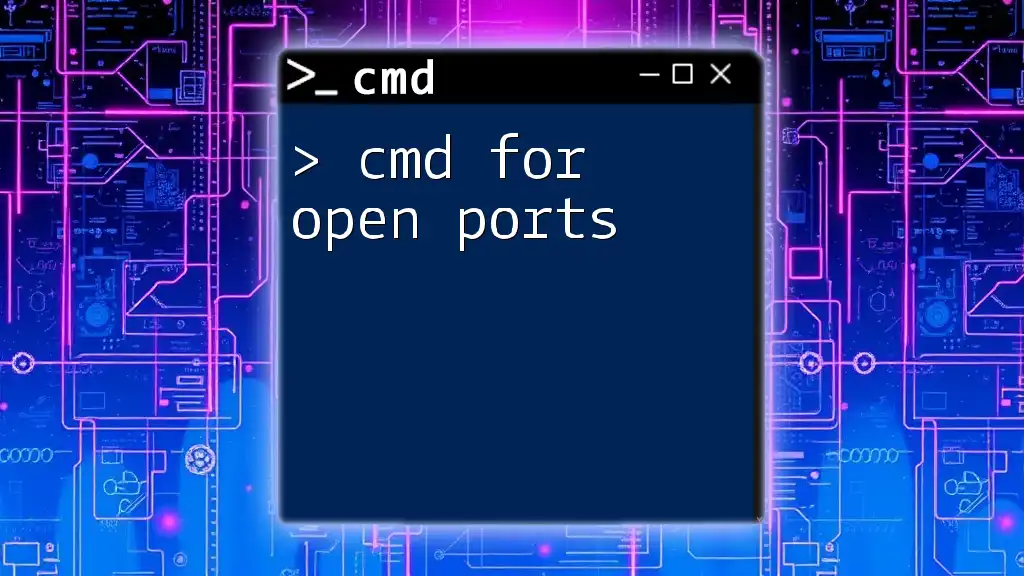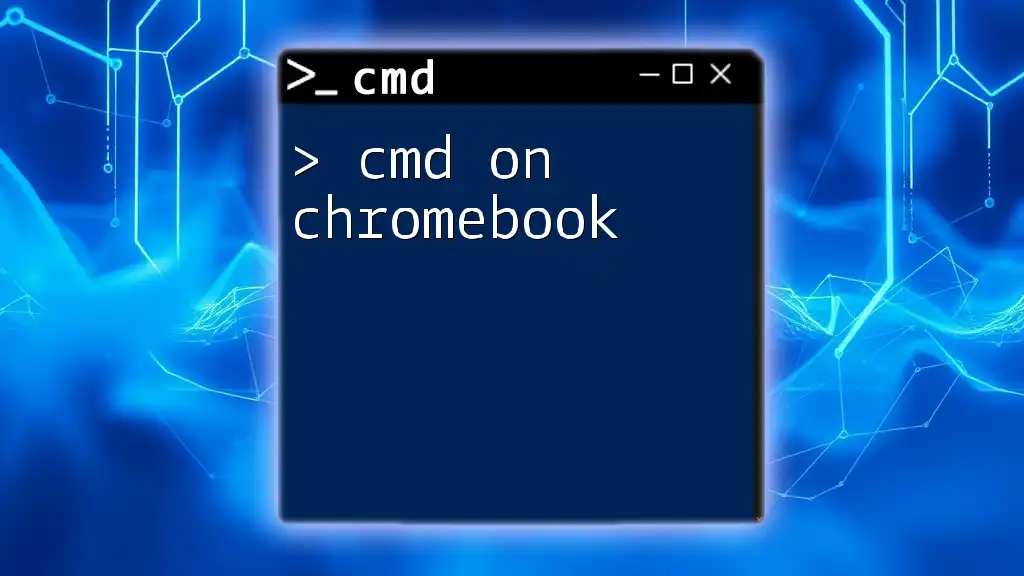The "cmd for cleaning fragment" refers to using Command Prompt to delete unnecessary temporary files and optimize storage space in Windows.
Here's a simple command to clear temporary files:
del /q /f %temp%\*
Importance of Cleaning Fragment in CMD
Cleaning fragment using the command prompt (CMD) is vital for maintaining optimal system performance. Over time, your computer’s hard drive can become fragmented, leading to inefficiency and slower response times. By using CMD commands effectively, you can streamline your file management and ensure your system runs smoothly.

Understanding the Fragmentation Issue
What is Fragmentation?
Fragmentation occurs when pieces of a file are scattered across different locations on a hard drive rather than being stored in a single contiguous block. This can happen as files are created, modified, and deleted over time. There are two main types of fragmentation:
- File System Fragmentation: When files are broken into pieces and stored in non-contiguous clusters, causing slower access times.
- Disk Fragmentation: When free spaces on the disk are utilized inefficiently, leading to increased chances of file fragmentation.
Symptoms of Fragmentation
Recognizing the symptoms of fragmentation is essential for troubleshooting issues related to system performance. Common signs include:
- Slow system performance: Operating your applications or opening files may take noticeably longer than usual.
- Increased loading times for applications: Programs may hang while they search for files scattered across the disk.
- Disk space misallocation: You may find that even with a decent amount of free space, your system runs slowly because data is scattered haphazardly.
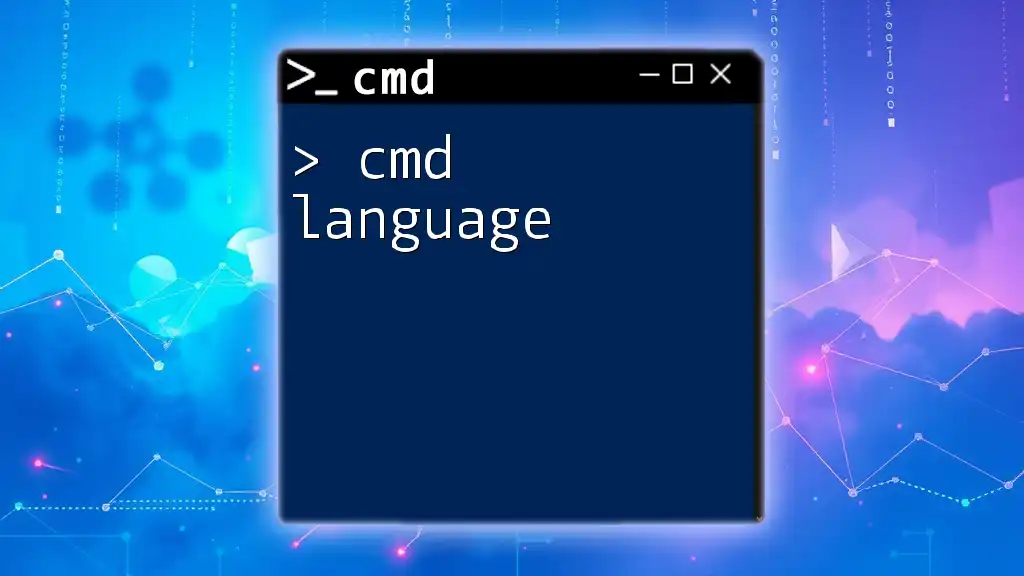
Getting Started with CMD
Opening the Command Prompt
Before diving into the cleaning processes, you must first access the Command Prompt. To open CMD:
- Click on the Start menu or press the Windows key.
- Type "cmd" into the search bar and press Enter.
- For administrative access, right-click on Command Prompt and select Run as administrator.
Basic CMD Commands Overview
Familiarizing yourself with basic CMD commands can enhance your cleaning process. Here are a few commands that are particularly relevant:
- `dir`: Displays a list of files and directories in the current location.
- `cd`: Changes the current directory.
- `del`: Deletes specified files.
Understanding how to use these commands effectively will set the foundation for further cleaning operations.
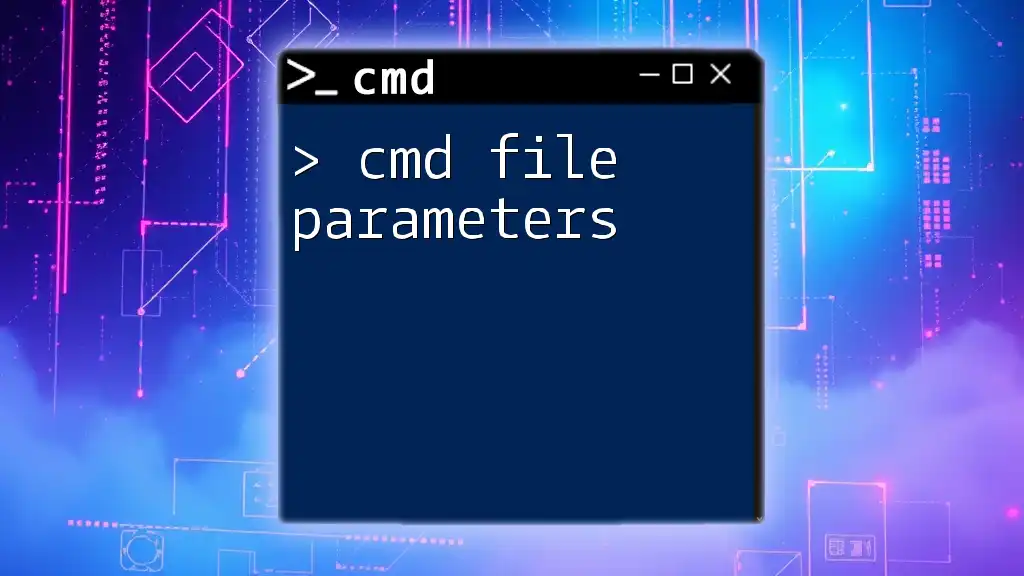
Disk Cleanup Utility
Using the Built-in Disk Cleanup Tool
Windows includes a built-in Disk Cleanup Utility that can be accessed via CMD. This tool helps you clean up unnecessary files, which can include temporary files, system files, and more. To access it, simply type:
cleanmgr
Performing a Disk Cleanup via CMD
To execute a more tailored Disk Cleanup operation directly from CMD, you can use the `/sagerun` option. This is particularly effective if you've pre-configured the cleanup settings. The command to run it looks like this:
cleanmgr /sagerun:1
In this command, `/sagerun` indicates that you want to run a predefined cleanup session based on what you've set previously in the tool.

Defragmenting the Disk
What is Disk Defragmentation?
Disk defragmentation is the process of reorganizing the data on your hard drive so that files are stored in contiguous spaces. This can significantly improve data access times and overall system performance.
Using CMD to Defragment
Using CMD to defragment your hard drive is a straightforward process. The defrag command allows you to analyze and organize your storage drive effectively. Here’s how to do it:
defrag C: /O /V
In this example:
- `C:` specifies the drive you wish to defragment.
- `/O` optimizes the drive after defragmentation is complete.
- `/V` provides a verbose output, giving you detailed information about the operation.
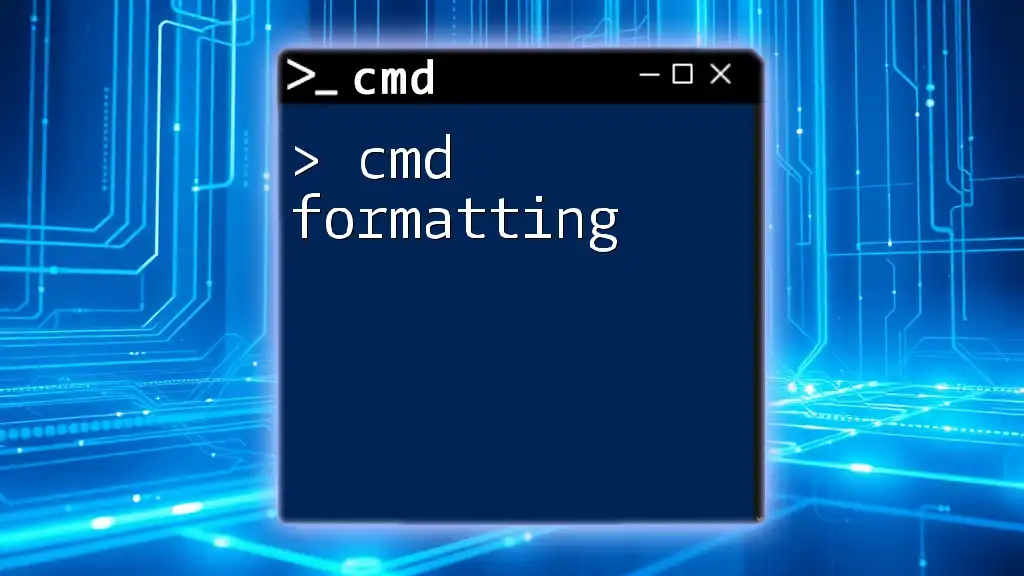
Cleaning Up Temp Files
Locating Temporary Files
Temporary files can accumulate over time, consuming disk space and potentially slowing down your system. These files can often be found in specific locations such as C:\Windows\Temp or through user-specific directories.
Using CMD to Delete Temp Files
You can efficiently clear out these files using CMD with this command:
del /q /f %temp%\*
Here’s a breakdown of the command:
- `del`: Initiates the delete command.
- `/q`: Stands for quiet mode, meaning no confirmation is required for deletions.
- `/f`: Forces the deletion of read-only files.
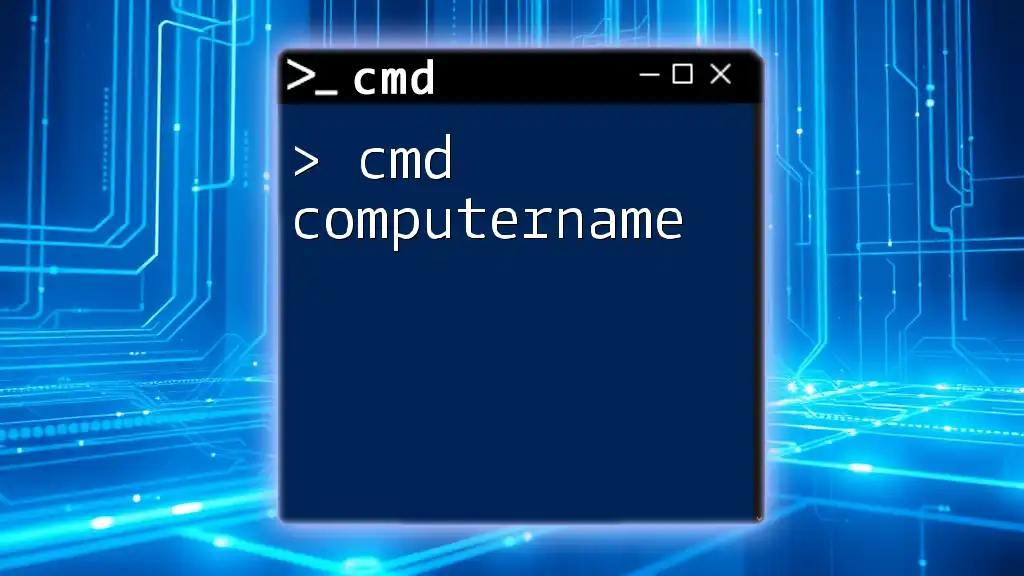
Using Advanced CMD Commands for Cleanup
SFC and DISM Commands
For comprehensive system maintenance, it's important to run system repair commands like SFC (System File Checker) and DISM (Deployment Imaging Service and Management Tool). These services help restore system files that may have been corrupted or lost, which indirectly aids in maintaining your system's integrity.
To run SFC, you would use the following command:
sfc /scannow
Running SFC examines protected system files and replaces corrupted files, thus alleviating potential issues.
DISM Command Usage
Similarly, for DISM, you would use:
DISM /Online /Cleanup-Image /RestoreHealth
This command scans and repairs the operating system's component store, which can enhance performance and rectify underlying errors.
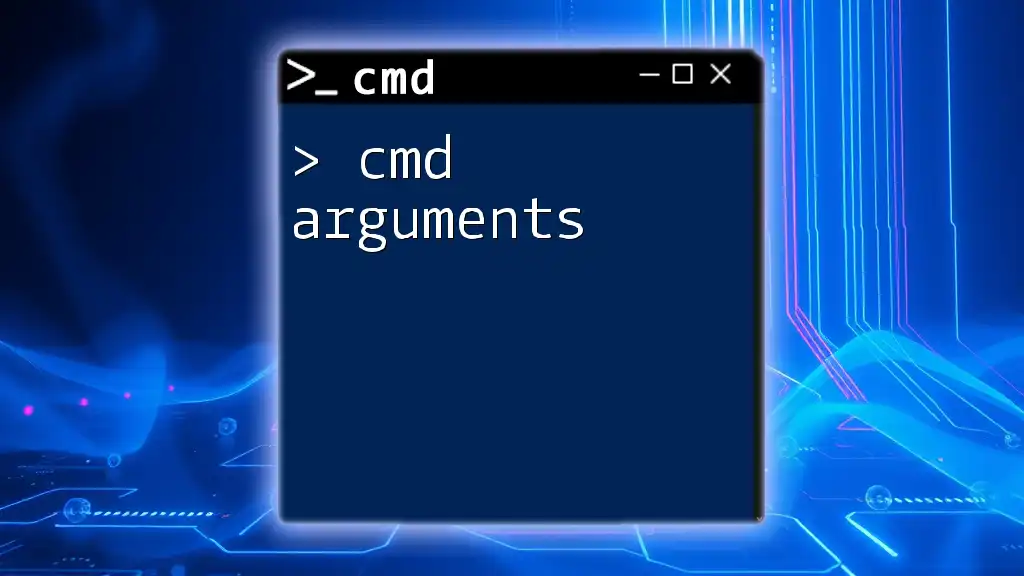
Conclusion
A regular routine of cleaning fragments using CMD for cleaning fragment is essential for optimal performance and system integrity. By mastering the commands discussed above, you can free up space, reduce fragmentation, and ensure that your system runs more smoothly.
Final Tips and Best Practices
For best practices, consider running these commands regularly, such as once a month, depending on your usage. It’s also wise to create scripts for your cleanup tasks to make them even more efficient. Managing your computer using CMD empowers you to take control of your system maintenance effectively.
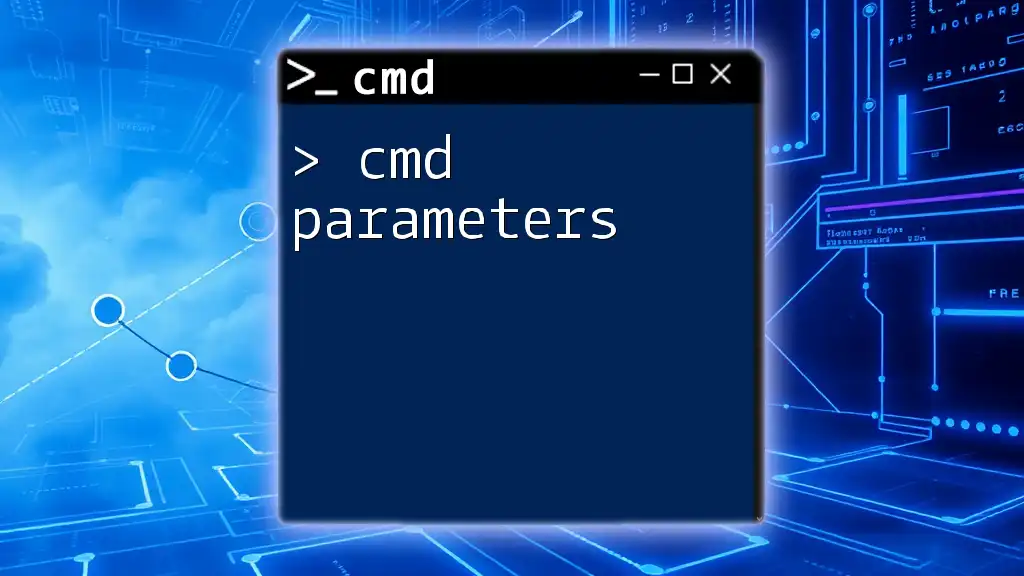
Additional Resources
For further learning, refer to online CMD tutorials, books dedicated to CMD usage, and community forums where users discuss CMD troubleshooting and best practices.

Call to Action
Don’t forget to follow our blog for more insightful tips on CMD and system management. Join our mailing list for additional resources and updates on optimizing your command line experience.

